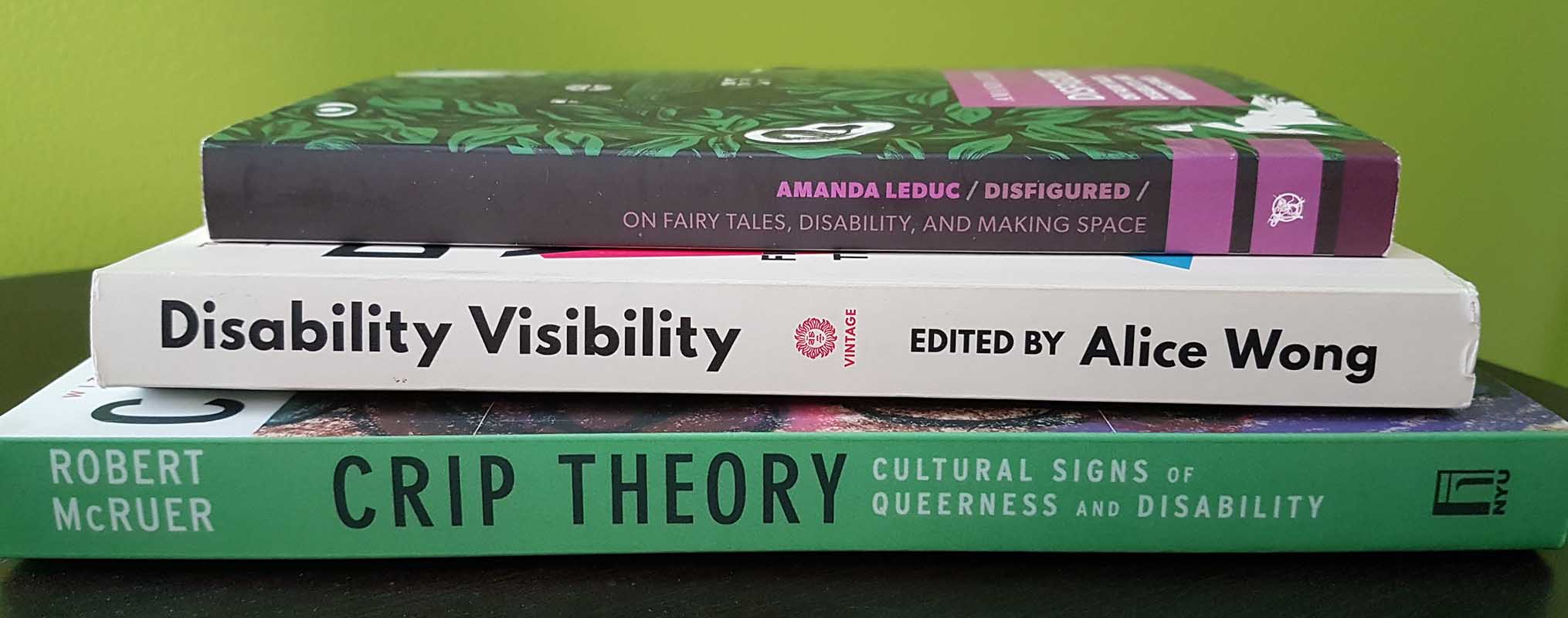 From my early beginnings as a young introvert, the public library has always been a bit of a refuge. Years later, not much has changed, albeit with an additional affinity for endless hours spent scouring second-hand bookstores to add to my ever-growing “to-read” pile.
From my early beginnings as a young introvert, the public library has always been a bit of a refuge. Years later, not much has changed, albeit with an additional affinity for endless hours spent scouring second-hand bookstores to add to my ever-growing “to-read” pile.
From one bookworm to another, this column will be underscoring and outlining various literary genres, authors, and recent reads and can serve as an introduction for those unfamiliar with these works, as a refresher for long-time aficionados, and maybe as an inspiration for readers to share their own suggested topics. Do you have a topic that you would like covered in this column? Feel free to contact me for an interview and a feature in an upcoming column.
Who
Those interested in an introduction to the extensive topic of Disability, a reminder of some popular works, and as an impetus for further reading, may choose to begin with a few well-known authors, scholars, and editors, namely Alice Wong, Amanda Leduc, Leah Lakshmi Piepzna-Samarasinha, and Robert McRuer.
What
Disability is a large and complex umbrella term that encompasses a wide range of unique lived experiences. It is also not a monolith, and can have different meanings for individuals, in terms of self-identification and the very language used to describe oneself and one’s lived experiences, such as identity-first versus people-first language.
Some works that can be used as a primer to this genre include Alice Wong’s collection Disability Visibility: First-Person Stories from the Twenty-First Century, Disfigured: On Fairy Tales, Disability, and Making Space by Amanda Leduc, Care Work: Dreaming Disability Justice by Leah Lakshmi Piepzna-Samarasinha, and Crip Theory: Cultural Signs of Queerness and Disability by Robert McRuer. In addition, Dorothy Palmer’s Falling for Myself: A Memoir is another example.
Readers who would like to know more about the history of disability can also pursue A Disability History of the United States by Kim E. Nielsen.
Online reads include Autistic Hoya – Lydia X. Z. Brown, Crutches and Spice – Imani Barbarin, and the Disability Visibility Project – Alice Wong.
Where
Many of these books are centered on the lived experiences of those in Canada and the United States.
When
For readers interested
These books are predominantly centred on the late 20th and early 21st-centuries.
Why
in learning more about disability, chronic illness, neurodiversity, the history of disability, the disability rights movement, disability justice, the social model of disability versus the medical model, community care, as well as ableism and intersections with other forms of oppression, these select works are a good start.
How
AU’s wide range of diverse courses make it easy to study this topic in depth. Courses related to Disability are available in a variety of disciplines, including one’s that may fit into your Degree Works. (Always check with a counsellor to see if these particular courses fulfill your personal graduation requirements!)
AU students interested in learning more about this topic are recommended to look into MAIS 658: Doing Disability Differently, a graduate-level, three-credit course, which “examines disability as a social, cultural, political, and experiential phenomenon from which issues of social equality and justice emerge.” (For students looking for information about accommodations available at AU, Accessibility Services has additional information.) Happy reading!

